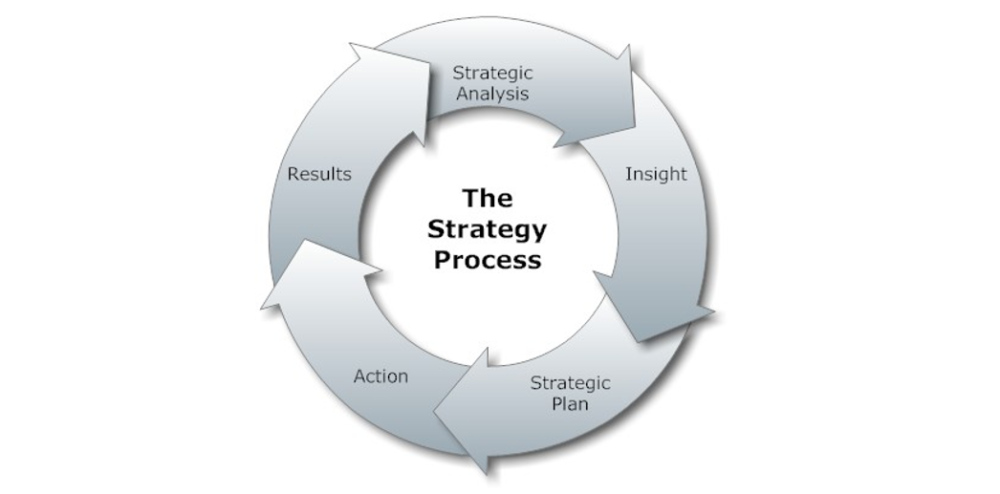Yes, Virginia. You Really Do Need a Strategic Plan
Strategic Planning. I can hear the groaning as I write this. The term has been so overused, that a vision of a huge document sitting on a dusty shelf comes to mind, doesn’t it? Those 4 weeks of your life every year that you never get back.
Ready for good news? Those oversized, 200-page strategic plans are outdated. In today’s world, everything is moving too fast to create a detailed action plan of where the company is going over the next 3-5 years. Long-term goals are great to document but plan to revisit them every 6-12 months. For instance, “We want to triple our growth in 3 years.” Great! This goal should be in the plan, but with factors such as the ever-changing technology landscape, politics, the environment, the economy and on and on, it is likely a waste of to spend weeks planning steps farther out than 12 months.
So, what’s the plan, Stan?
There are many different frameworks and methodologies for strategic plans. To be effective and measurable they should contain the following:
- Do you understand your current internal and external environment?
- Research your competitors. What do they do better than you?
- Research your industry for trends. How is technology impacting your industry?
- Complete an analysis of your current revenues vs expenses and determine if you are satisfied with the results. If not, document steps to bring it back on track.
Next up, figure out how to execute by creating action steps for everything you wish to accomplish.
- When must it be done?
- Who is accountable to see that it is done?
- What are the benchmarks/measurable for success?
Finally, you’ll need to figure out how to evaluate progress by confirming successful completion of the action items and ongoing performance.
Time is ticking…
So, how do you accelerate the process and spend less time away from your accumulating daily work, but still have a valuable living document in a reasonable amount of time? Narrow the discussion.
Focus on the top 5-10 areas where you can create the most impactful change. A few examples may include:
- Implementing new technology
- Hiring a senior leader for a new role in the company
- Outsourcing services that are taxing on your payroll and your time
- Acquisitions
- Review current services and products and consider changing or adding to this lineup. What is and is not profitable?
- Review your organizational chart. Can one leader manage two areas?
- How do we currently measure up against our competitors? How will we surpass them?
Include more people in the discussion. Not less.
Everyone does not need to be sitting in on these meetings, however, you should survey both your front-line staff and your customers concerning major initiatives – unless they are confidential, such as an acquisition. While they may not play a role in the actual implementation of your plan, they will play a role in its acceptance and success.
Additionally, your Board should be very involved. Inviting them to be part of the process will lead to more impactful board meetings. Communicate with them how they can assist in the fulfillment of goals outlined in the plan and how tying your vision in with theirs will simplify the next year for all involved.
See? It doesn’t have to be so painful after all.

